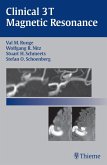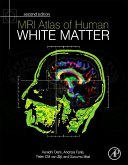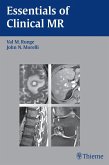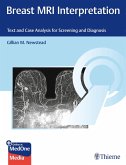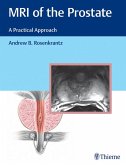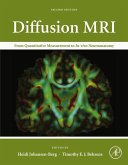The fourth edition of The Physics of Clinical MR Taught Through Images
The Physics of Clinical MR Taught Through Images Fourth Edition by Val Runge, Wolfgang Nitz, and Johannes Heverhagen presents a unique and highly practical approach to understanding the physics of magnetic resonance imaging. Each physics topic is described in user-friendly language and accompanied by high-quality graphics and/or images. The visually rich format provides a readily accessible tool for learning, leveraging, and mastering the powerful diagnostic capabilities of MRI.
Key Features
The breadth of coverage, rich visuals, and succinct text make this manual the perfect reference for radiology residents, practicing radiologists, researchers in MR, and technologists.
The Physics of Clinical MR Taught Through Images Fourth Edition by Val Runge, Wolfgang Nitz, and Johannes Heverhagen presents a unique and highly practical approach to understanding the physics of magnetic resonance imaging. Each physics topic is described in user-friendly language and accompanied by high-quality graphics and/or images. The visually rich format provides a readily accessible tool for learning, leveraging, and mastering the powerful diagnostic capabilities of MRI.
Key Features
- More than 700 images, anatomical drawings, clinical tables, charts, and diagrams, including magnetization curves and pulse sequencing, facilitate acquisition of highly technical content.
- Eight systematically organized sections cover core topics: hardware and radiologic safety; basic image physics; basic and advanced image acquisition; flow effects; techniques specific to the brain, heart, liver, breast, and cartilage; management and reduction of artifacts; and improvements in MRI diagnostics and technologies.
- Cutting-edge topics including contrast-enhanced MR angiography, spectroscopy, perfusion, and advanced parallel imaging/data sparsity techniques.
- Discussion of groundbreaking hardware and software innovations, such as MR-PET, 7 T, interventional MR, 4D flow, CAIPIRINHA, radial acquisition, simultaneous multislice, and compressed sensing.
- A handy appendix provides a quick reference of acronyms, which often differ from company to company.
The breadth of coverage, rich visuals, and succinct text make this manual the perfect reference for radiology residents, practicing radiologists, researchers in MR, and technologists.
Dieser Download kann aus rechtlichen Gründen nur mit Rechnungsadresse in A, B, BG, CY, CZ, D, DK, EW, E, FIN, F, GR, HR, H, IRL, I, LT, L, LR, M, NL, PL, P, R, S, SLO, SK ausgeliefert werden.
"The book remains a comprehensive text, with good quality image reproduction. With the addition of the new section the content is reasonably up to date. ... this book ... is a good reference book if you want to see clinical examples of a particular concept." (Martin Graves, RAD Magazine, September, 2023)



